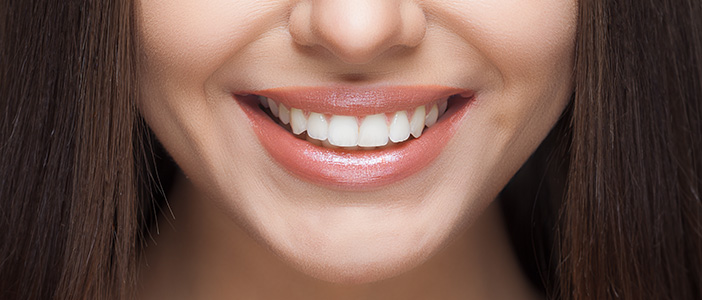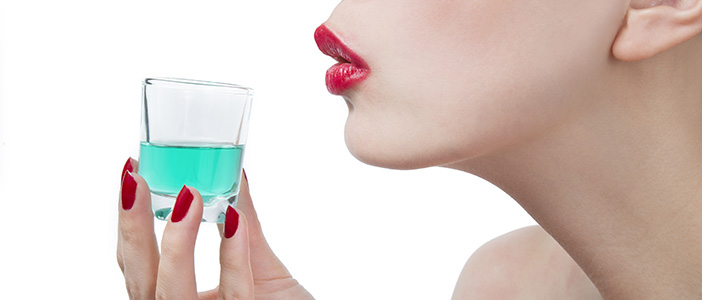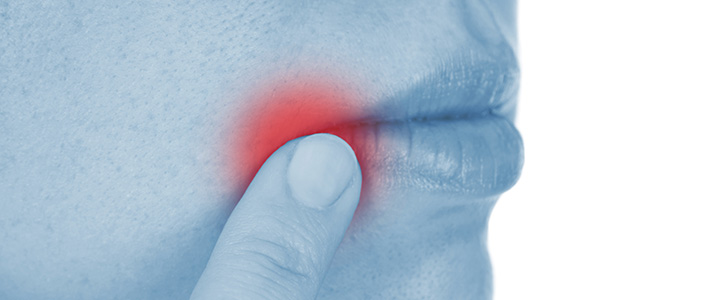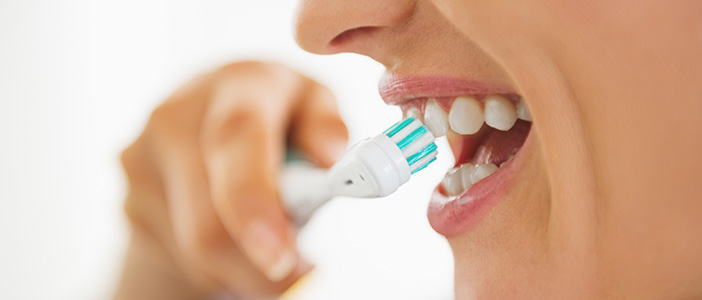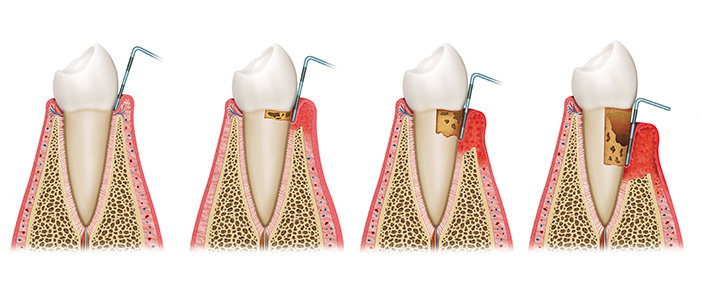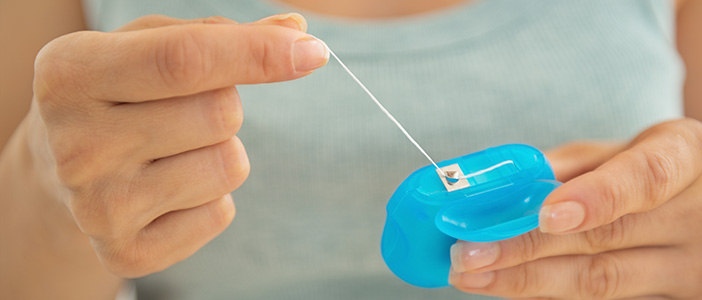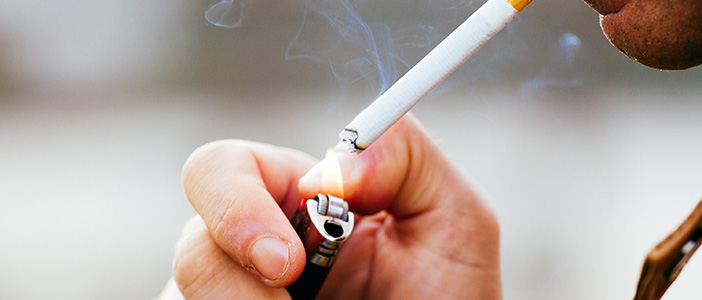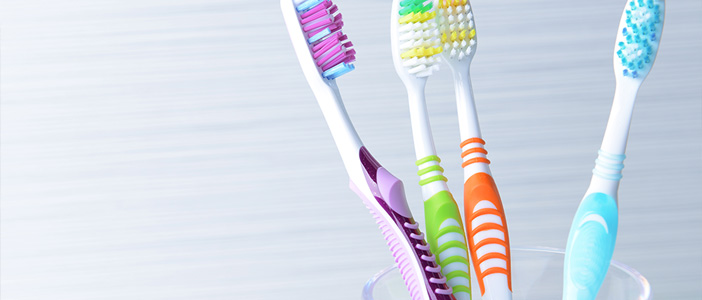Wrong Choice of Mouthwash Could Have Negative Side Effects
/in Oral Health, Oral HygieneArticle Featured on KnowYourTeeth
Brush. Floss. Rinse mouth with mouthwash. From a young age, people are taught to follow this procedure to maximize the benefits of proper oral hygiene, but could mouth rinse actually cause more problems than good? According to the April 2007 issue of AGD Impact, the monthly newsmagazine of the AGD, the improper selection of a mouth rinse may cause side effects worse than the condition being treated.
“It all depends on each individual’s oral health concerns,” explains Barbara Rich, DDS, FAGD, AGD spokesperson. “If someone has a lot of inflammation which is causing bleeding gums, then the side effect of staining caused by some prescription mouthwashes may be worth it to improve their health. Staining can be polished off at the regularsemiannual visit to the dentist.”
Dr. Rich further explains, however, that if minty-fresh taste is the only reason for a person using mouth rinses, but they have dry mouth or get ulcers from strong alcohol content in the mouthwash, it may not be worth using it.
Mouth Sores – Stomatitis
/in Oral HygieneStomatitis: Causes, Symptoms, and Treatments
Stomatitis, a general term for an inflamed and sore mouth, can disrupt a person’s ability to eat, talk, and sleep. Stomatitis can occur anywhere in the mouth, including the inside of the cheeks, gums, tongue, lips, and palate.
Types of Stomatitis
Types of stomatitis include:
- Canker sore: A canker sore, also known as an aphthous ulcer, is a single pale or yellow ulcer with a red outer ring or a cluster of such ulcers in the mouth, usually on the cheeks, tongue, or inside the lip.
- Cold sores: Also called fever blisters, cold sores are fluid-filled sores that occur on or around the lips. They rarely form on the gums or the roof of the mouth. Cold sores later crust over with a scab and are usually associated with tingling, tenderness, or burning before the actual sores appear.
- Mouth irritation. The irritation can be caused by:
-
- Biting your cheek, tongue, or lip
- Wearing braces or another type of dental apparatus, or having a sharp, broken tooth
- Chewing tobacco
- Burning one’s mouth from hot food or drinks
- Having gum disease (gingivitis) or other type of mouth infection
- Having hypersensitivity to certain things, such as foods or medicines
- Having certain autoimmune diseases affecting the mucosal lining of the mouth, such as lupus, Crohn’s disease, or Behcet’s disease
- Taking certain drugs such as chemotherapy, antibiotics,medications used for rheumatoid arthritis, or epilepsymedications
- Receiving radiation as part of cancer treatment
Toothbrush Tips to Keep Your Teeth in Shape
/in Oral Hygiene, Tips & TricksBrushing your teeth seems easy enough. But some toothbrushes are better than others and there is a right and wrong way to brush your teeth.
Brushing your teeth regularly is key to maintaining healthy teeth and gums and preventing periodontal (gum) diseases, but it’s also important to make sure you choose the right toothbrush for your teeth and use proper brushing techniques. Done correctly, brushing your teeth at least twice a day — in the morning and in the evening before going to bed, for at least three minutes — can help ensure long-term dental health.
“It takes time to brush effectively,” says Richard H. Price, DMD, spokesperson for the American Dental Association (ADA) and a former clinical instructor at Boston University Dental School. “Most people just rush through it.” Dr. Price suggests setting a timer for three minutes and brushing and flossing until the time runs out.
Understanding Periodontitis: A Progressive Form of Gum Disease
/in General Care, Oral HygieneGum disease, also known as periodontal disease, exists in two forms: gingivitis and periodontitis. Both types of gum disease arise from a bacterial infection that is usually brought on by poor dental care. Gingivitis is a milder form of gum disease that causes irritated, bleeding gums. If left untreated, it can progress to periodontitis.
Like gingivitis, periodontitis causes gums to bleed and become inflamed. Other signs and symptoms of periodontitis can include:
- Mouth sores
- Gum pain
- A sour taste in the mouth
Many people with periodontitis experience few symptoms. But even in the absence of obvious symptoms, untreated periodontitis can cause teeth to loosen and fall out or need to be extracted.
Avoiding Tooth Decay and Cavities
/in Oral HygieneDon’t wait for a toothache to start taking care of your teeth. By practicing good oral hygiene and getting regular dental checkups, you can protect yourself from tooth decay.
Tooth decay – also called cavities or dental caries – can happen to anyone but it is a particularly common problem for children and young adults. Left untreated, dental cavities can become infected and eventually, tooth decay can result in tooth loss.
Understanding Tooth Decay
Tooth decay begins with the normal bacteria in your mouth. These bacteria feed on food particles in your mouth and produce acid as a byproduct. The combination of bacteria, food debris, acid, and saliva in your mouth forms a filmy substance on your teeth, called plaque, roughly 20 minutes after you eat. If the plaque isn’t removed promptly, tooth decay will begin. Eventually, plaque hardens into a mineral-like substance called tartar which is much harder to remove. Both tartar and plaque can eventually lead to the gum diseases gingivitis and periodontitis.
7 Nighttime Tips for Improving Your Oral Health
/in General Care, Oral Hygiene, Tips & TricksA lot can happen to your mouth in eight hours — especially when you’re sleeping and bacteria are gathering on your teeth. But don’t let the thought of nasty plaque, cavities, tartar, or gingivitis stop you from getting a good night’s rest. There are many ways to maintain your oral health while you sleep. Here are seven tips to get you — and your mouth — through the night.
1. Brush before bed. Brushing your teeth before you go to sleep at night helps protect against plaque buildup, tooth decay, and gum disease. If you are particularly susceptible to cavities and gum disease, dentists recommend that you brush immediately after dinner, then again right before bedtime.
2. Use good form. According to dentists, the best way to clean your teeth is to brush back and forth gently in short strokes. Brush the outer tooth surfaces first, then the inner tooth surfaces, followed by the chewing surfaces. To clean the backs of your front teeth, use the tip of the brush and stroke gently up and down.
A Guide to Flossing Your Teeth
/in General Care, Oral HygieneBrushing your teeth is not enough to maintain good oral health over time. Flossing should be a regular part of your oral hygiene routine.
Cleaning the spaces between your teeth and along your gums with dental floss is as important to your oral health as cleaning your teeth with a toothbrush. Just like you brush your teeth every day, flossing should be part of your daily routine.
To better understand why flossing is so important, Richard H. Price, DMD, spokesperson for the American Dental Association (ADA) and a former clinical instructor at Boston University Dental School, compares it to cleaning your home: “You cannot effectively vacuum a house with only one attachment,” he says. “You need other attachments to get into the nooks and crannies. That’s what floss does.”
Tobacco Use and Your Oral Health
/in General Care, Oral HygieneIt’s no secret that smoking is bad for your overall health but using tobacco products can have serious consequences on your oral health, too.
In addition to affecting your overall health, tobacco use and smoking can cause a number of oral health issues, ranging from oral cancer to discolored teeth.
“You can get yellow teeth [and] a yellow tongue,” says Thomas Kilgore, DMD, professor of oral and maxillofacial surgery and associate dean at the Boston University Henry M. Goldman School of Dental Medicine. “You see a lot of staining on the tongue.”
Smoking and tobacco use can lead to more serious oral health complications as well, including gum disease and oral cancer.
Toothbrush Tips to Keep Your Teeth in Shape
/in Oral Hygiene, Tips & TricksBrushing your teeth seems easy enough. But some toothbrushes are better than others and there is a right and wrong way to brush your teeth.
Brushing your teeth regularly is key to maintaining healthy teeth and gums and preventing periodontal (gum) diseases, but it’s also important to make sure you choose the right toothbrush for your teeth and use proper brushing techniques. Done correctly, brushing your teeth at least twice a day — in the morning and in the evening before going to bed, for at least three minutes — can help ensure long-term dental health.
“It takes time to brush effectively,” says Richard H. Price, DMD, spokesperson for the American Dental Association (ADA) and a former clinical instructor at Boston University Dental School. “Most people just rush through it.” Dr. Price suggests setting a timer for three minutes and brushing and flossing until the time runs out.

